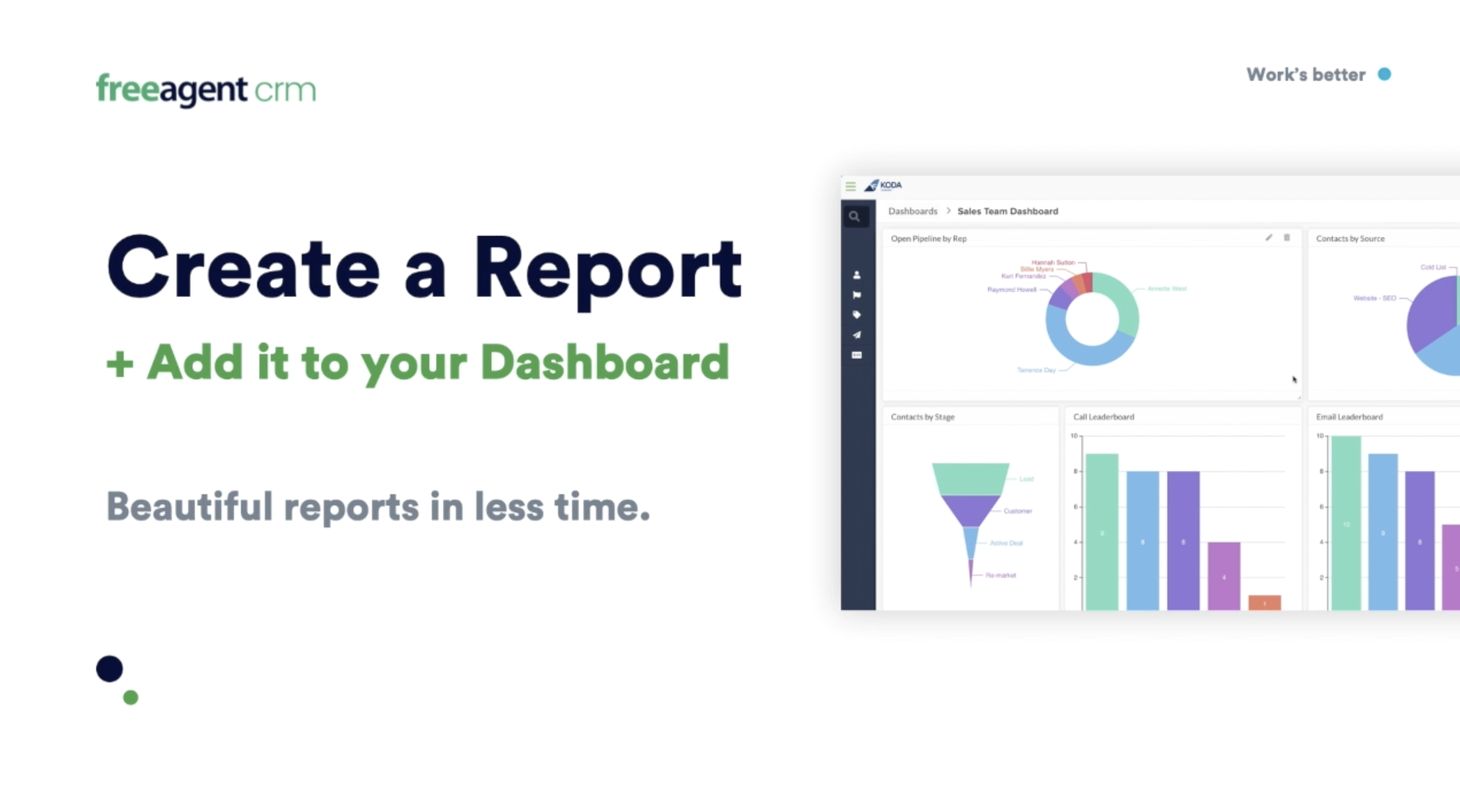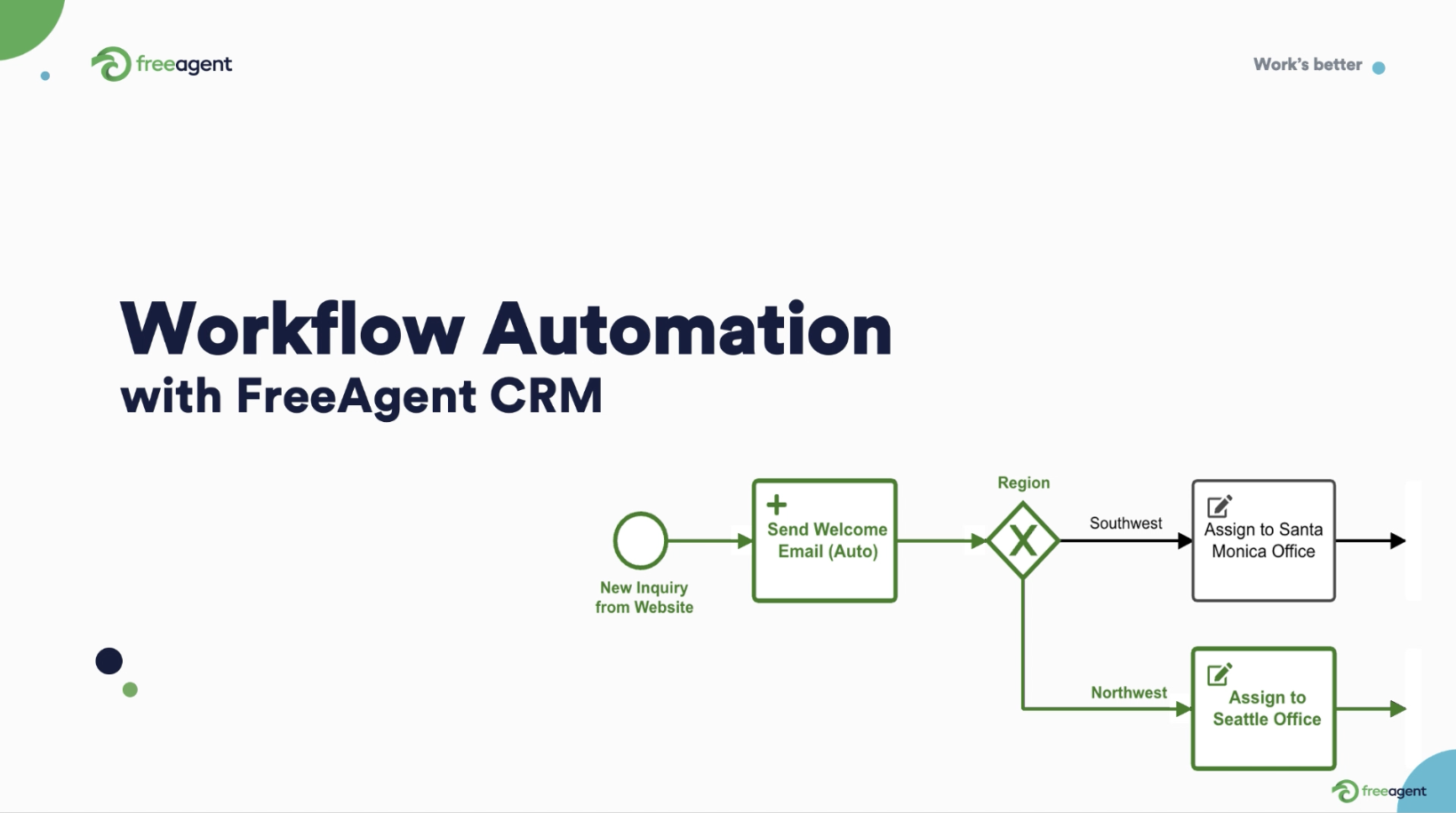What the heck is a CRM maturity model, and how can your business increase its CRM maturity level?
The answer starts with your business processes, the tools you use, and the resources you deploy toward this goal.
But before we get ahead of ourselves, let’s understand why any of this matters.
All business models rely on delivering a great customer experience. But achieving this requires deep visibility into your customers and their needs.
If you use a CRM tool, your CRM maturity model plays a big role in determining where your customer experience gaps lie and how you can fill them.
The CRM maturity model gives you insight into whether you’re an inactive, reactive, active, or proactive company.

What is CRM and how does it add business value?
To understand the CRM maturity concept, we need to revisit the roots of the word CRM: Customer Relationship Management.
Every business exists solely because of its customers. These targeted buyers and users contribute knowledge about their pain points, needs, and other solutions they’re trying.
The relationships you build with these customers – before they buy or after they’re onboarded – largely determine your future profits.
Customer retention and account expansion are easier with better customer relationships. Fruitful relationships lead to higher customer loyalty, new referrals, better customer engagement, and more brand awareness.
Lastly, these relationships must be managed proactively. This means enriching contact data, managing data access, and ensuring continuous data hygiene.
CRM software enables these goals through better contact management, task tracking, sales automation, pipeline monitoring, and reporting.

The role of a CRM platform in your organization
A CRM system can power every department within a company – from marketing and sales to support and hiring.
But merely buying a CRM system won’t supercharge your company overnight.
You still need to have in place the training, governance, security controls, and leadership involvement to make the most of your CRM platform.
The pace and extent to which this happens collectively indicate your CRM maturity level.

What is CRM maturity level and why does it matter?
Let’s start with what CRM maturity is not.
CRM maturity is not an indication of how technically sophisticated your CRM tool is.
Rather, CRM maturity refers to the level at which a business leverages and manages its CRM software to drive business value.
In short: a CRM maturity assessment tells you how useful and valuable your CRM solution is, not how complex it is.
The CRM maturity scale assesses your CRM journey through its capabilities, integration into your marketing and sales process, and use in customer journey mapping and retention.

Signs of low CRM maturity
A low CRM maturity level indicates sub-optimal use of CRM software. It can mean:
- Inaccurate or low-context reports
- Low company-wide CRM software adoption
- Old, inaccurate, or duplicate data
- Low to non-existent CRM access control
- Driving account expansion reactively
Signs of high CRM maturity
A high CRM maturity level indicates a high level of CRM use and integration within an organization. Such a successful CRM strategy can manifest as:
- High-context automated reports
- High adoption and widespread CRM use
- Clean, regularly enriched customer data
- Tight CRM access control
- Proactive account expansion by your sales team

CRM maturity assessment: How to determine the CRM maturity level of your business
Estimating your CRM maturity level requires knowing how, how often, when, and who uses and manages your CRM.
We can broadly divide the CRM maturity index into four distinct stages of increasing maturity:
- Inactive
- Reactive
- Active
- Proactive

CRM Maturity Level 1: Inactive
At the Inactive stage of the CRM journey, your CRM is at best an over-glorified address book.
It delivers scant value or insight to your sales team or existing customers.
You barely use it to store contacts, as your reps and agents still store and manage customer data in spreadsheets.
There are no defined CRM processes, and there’s nobody in charge of updating the CRM or administrating access and data.
There’s lots of data duplication, and nobody has any idea how effective or productive the CRM is making your team.
In short, there’s little adoption and operational visibility from your CRM.

CRM Maturity Level 2: Reactive
At the Reactive maturity stage, you use your CRM for contact and lead management at a basic level.
Your CRM is still under-used and adoption is low, but it powers the low-level tasks of your marketing, sales, or customer support departments.
There’s someone vaguely responsible for administrating the CRM, but they don’t yet get enough support or training to do their job better.
As a result, they are always confused as to how to configure the CRM or communicate its features.
And because there isn’t any process documentation, their knowledge goes with them if they leave.
New hires don’t learn about your CRM immediately – only when they need to complete some task, and never with enough context or training.
Reporting is still paltry, as few people use your CRM’s reporting features to their full abilities.
And as a customer data platform, data hygiene remains an ad-hoc exercise – if it happens at all.

CRM Maturity Level 3: Active
At the Active stage of CRM maturity, your CRM workflow is largely automated. There are well-defined processes and dedicated resources for CRM management.
CRM adoption is high, and everyone trusts the CRM as a source of truth.
You actively use your CRM as a customer data platform to store data from sales, marketing, and customer support initiatives.
You can pinpoint where your leads are coming from and store contact data from various sources.
Because of this, your sales win rates steadily tick up.
You can measure efficiency by tracking defined CRM metrics and can generate automated reports.
You have a dedicated CRM admin (or two) to maintain CRM hygiene, which reduces the amount of old, inaccurate, or duplicate data in the CRM.
Access roles are defined and data security is a top priority.
However, there’s still no plan in place to ensure CRM administration knowledge is preserved in the event of leave or resignation.

CRM Maturity Level 4: Proactive
At the Proactive stage of CRM maturity, your CRM platform is the beating heart of your business.
You kick off marketing initiatives by studying your customer list to determine the best audience to target.
Your sales team actively scans your accounts to determine which ones are ripe for upsells and expansions.
As a result, your sales win rates and customer satisfaction levels are high.
Customer support interactions generate rich context – all of which gets stored in the CRM for later reference, preventing repeated questions from customer support staff.
Your CRM is connected to your financial reporting system, powers your inventory management, and is actively used for onboarding new hires.
It’s also integrated with all your other work apps like email and marketing automation platforms.
There is tight security around access control, leading to safer, more secure customer data.
You have documented your customer relationship management process extensively and can share that information with whoever takes over the CRM program at any stage.
You don’t make a single business move without first consulting your CRM data.


How to improve your CRM maturity level: 8 key steps
Your CRM maturity level is not static. Rather, it’s an ever-changing indication of how much value you’re getting out of your CRM program at any given time.
You can always do more to increase your CRM maturity level. Likewise, you could easily downgrade it by not investing enough resources or documenting your business processes.
Each upgrade or downgrade has a downstream effect on customer interaction, retention, and sales team agency.
Master these eight facets to unlock more CRM firepower within your org:
1. Getting buy-in from leadership is the most important step you can take towards increasing your CRM maturity.
CRM maturity is improved from the top, and without the right resources and support, it’s hard to get anywhere with CRM adoption, automation, or integration.
2. Define a formal CRM owner and give them the right authority to create apps and modules and grant other users access rights.
Define the CRM metrics they’ll be assessed on, such as “90% email deliverability” to keep email lists fresh and current.
We recommend giving this role to an operational leader, such as the COO, CRO, CMO, or even CEO.
Your leadership team should have full visibility into your CRM data. Document the CRM administration process and store this data somewhere accessible to future admins.
This data can include information on how to set up CRM access rights, how to configure CRM modules, and how to create intake forms.
Your knowledge base can be stored on an internal file on a shared drive, a page on your knowledge management system (we use Guru), or an intranet resource.
Decentralizing this knowledge prevents a single point of failure and makes it easy to transfer CRM ownership.
3. Map your business processes as they relate to your CRM and customer journey – and store that data somewhere accessible to the team.
Define when people should create a new lead or opportunity in the CRM, how they should score each lead, and how to track closed-won and closed-lost opportunities.
4. Train everybody on how to use the CRM and bake this training into their onboarding process.
Show them how CRM supports their job – whether they work in finance, production, marketing, sales, or support.
CRM powers the entire organization, and employees from each department can benefit from the operational visibility a CRM provides.
5. Automate data entry and standardize your data structure and formats. Include data validation checks to ensure only the right kind of data gets stored in the CRM.
For example, you can ensure all contact records have an account manager assigned to them, are placed in the right sales territory, and include the contact details of a company liaison.
Create intake forms for data entry to make it easy for approved users to store data in the CRM.
6. Integrate your CRM with the tools you use — whether that’s email apps, inventory management apps, or marketing automation platforms.
This ensures that as data gets generated on those platforms, it gets stored automatically in the right section of your CRM.
This reduces manual entry, leading to fewer errors.
7. Boost collaboration by involving the right people in relevant tasks.
For example, customer support tickets should ideally involve a CS rep and the account manager for that client.
Set up communications to keep all involved parties in the loop to ensure everyone has the same level of context.
8. Track all CRM activity and measure the right metrics through automated reports.
If your north star in the business is subscriber growth, automate a weekly report that tracks that number.
If opportunity conversion rates are something you’re tracking closely, create a monthly report template that tracks how many new opportunities were created in a given period.
Bake automation into your CRM to reduce negligence, measure team performance, and improve oversight.

Getting the right CRM impacts your CRM maturity level
It seems obvious, but using the wrong CRM is itself an impediment to high CRM maturity.
What happens when a CRM is hard to use, pricey, or lacks adequate support?
- Operational visibility is hampered
- Activity tracking is non-existent
- CRM data hygiene remains poor
- User adoption slows down
With over 700 CRM options on the market today, it’s challenging to choose the right CRM for your business. Here are some elements and features to consider:
- Visibility: Get full context into what’s going on across your business. This includes data across sales, marketing automation, and support.
- Task management: Create and manage tasks within your CRM and tag the right people where needed.
- Communication: Communicate with internal staff and external customers natively or through an integration with your favorite email tool.
- Reporting: Generate useful data on what’s going on across your business from the context of your CRM.
- Automation: Automate mundane tasks such as data entry or monthly reporting.
- Integration: Integrate with the tools you use daily – from communications tools to marketing automation tools.
- Flexibility: Configure your CRM to suit your business processes and growth plans.
FreeAgent CRM comes with all of those features built-in – plus more.
Replacing your customer data spreadsheets with a single source of truth empowers your team to do their best work and enjoy more productive workdays.

Improve your CRM maturity level today
Buying and implementing a new CRM is just the first step toward unlocking business value.
The next step is to invest in the CRM processes, resources, and training that will make work easier for your team.
You unlock the greatest business value from a CRM when it lies at the center of your business – powering everything from sales and marketing to customer support and reporting.
This is why getting and using the right CRM is key to your overall CRM strategy. At FreeAgent, we’ve built a CRM that scales as you grow and provides operational visibility from day one.
Don’t just take our word for it, either – hear directly from our previous customers.
And try out FreeAgent CRM to improve your CRM maturity level today.







